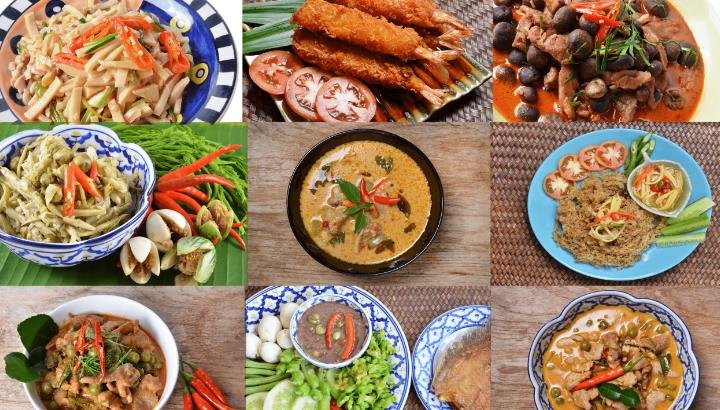Thai cuisine is famous around the world for its complex and varied flavors, from the sweet and tangy to the bold and spicy. One of the characteristic elements of Thai food is its use of spices and chili peppers to add heat to dishes. But what makes Thai food so spicy? In this article, we’ll explore the secrets of Thai cuisine and discover how these spicy flavor profiles are achieved.
The Role of Chili Peppers in Thai Cuisine
Chili peppers are a staple ingredient in Thai cooking, and the country produces over 100 different varieties of chilies. Thai cuisine often uses fresh chili peppers, dried chili flakes, or chili paste to add heat to dishes. The heat of a chili pepper is measured on the Scoville scale, with milder chili varieties such as the Anaheim pepper ranking at around 500-2500 Scoville units, and spicier varieties such as the Thai bird’s eye chili reaching up to 100,000-225,000 Scoville units.
Balancing Spices and Flavors in Thai Food
Thai cuisine is known for its fine balance of spices and flavors, with spicy, sweet, sour, and salty flavors all present in a single dish. The use of chili peppers in Thai food is carefully balanced with other spices such as ginger, lemongrass, and galangal to create a complex and harmonious flavor profile. The addition of coconut milk, herbs, and lime juice also helps to balance out the heat of chili peppers.

The Spicy Secrets of Thai Cuisine: What Makes Thai Food So Flavorful
Regional Variations in Spiciness
Thai cuisine varies by region, and each area has its own unique flavor profile. Northern Thai cuisine tends to be milder in heat and features more savory and earthy flavors, while Southern Thai cuisine often emphasizes the use of fresh herbs and spicy seafood dishes. Central Thai cuisine, which is the most popular in the country and internationally, tends to be more balanced in terms of sweet, sour, salty, and spicy flavors.
Common Ingredients Used to Make Thai Food Spicy
Apart from chili peppers, there are a few common ingredients in Thai cuisine that help to add heat to dishes. These include:
Shrimp paste: A fermented ingredient made from ground shrimp and salt, which adds a savory and spicy flavor to many Thai dishes.
Curry paste: A mixture of spices and herbs including chili peppers, garlic, lemongrass, and shallots that adds a spicy and aromatic kick to curries.
Fish sauce: A salty and savory condiment made from fermented fish that adds depth and umami to spicy Thai dishes.
Health Benefits of Spicy Thai Food
While some people may shy away from spicy food, there are actually many health benefits to eating spicy Thai cuisine. Chili peppers contain capsaicin, which has been shown to have anti-inflammatory and pain-relieving properties. Spicy food also increases metabolism and can help with weight loss, while the use of herbs and spices in Thai cooking provides a wide range of vitamins and minerals.
Conclusion
Thai cuisine is renowned for its spicy and complex flavors, created through a combination of carefully balanced spices and ingredients. By understanding the role of chili peppers in Thai food and the other ingredients that help to add heat to dishes, you can create your own authentic Thai meals at home. Whether you’re looking for a little kick or a fiery explosion of flavor, Thai cuisine has something to offer everyone. So don’t be afraid to try something new and explore the spicy secrets of Thai cuisine.
FAQs
[faq-schema id=”160″]
















